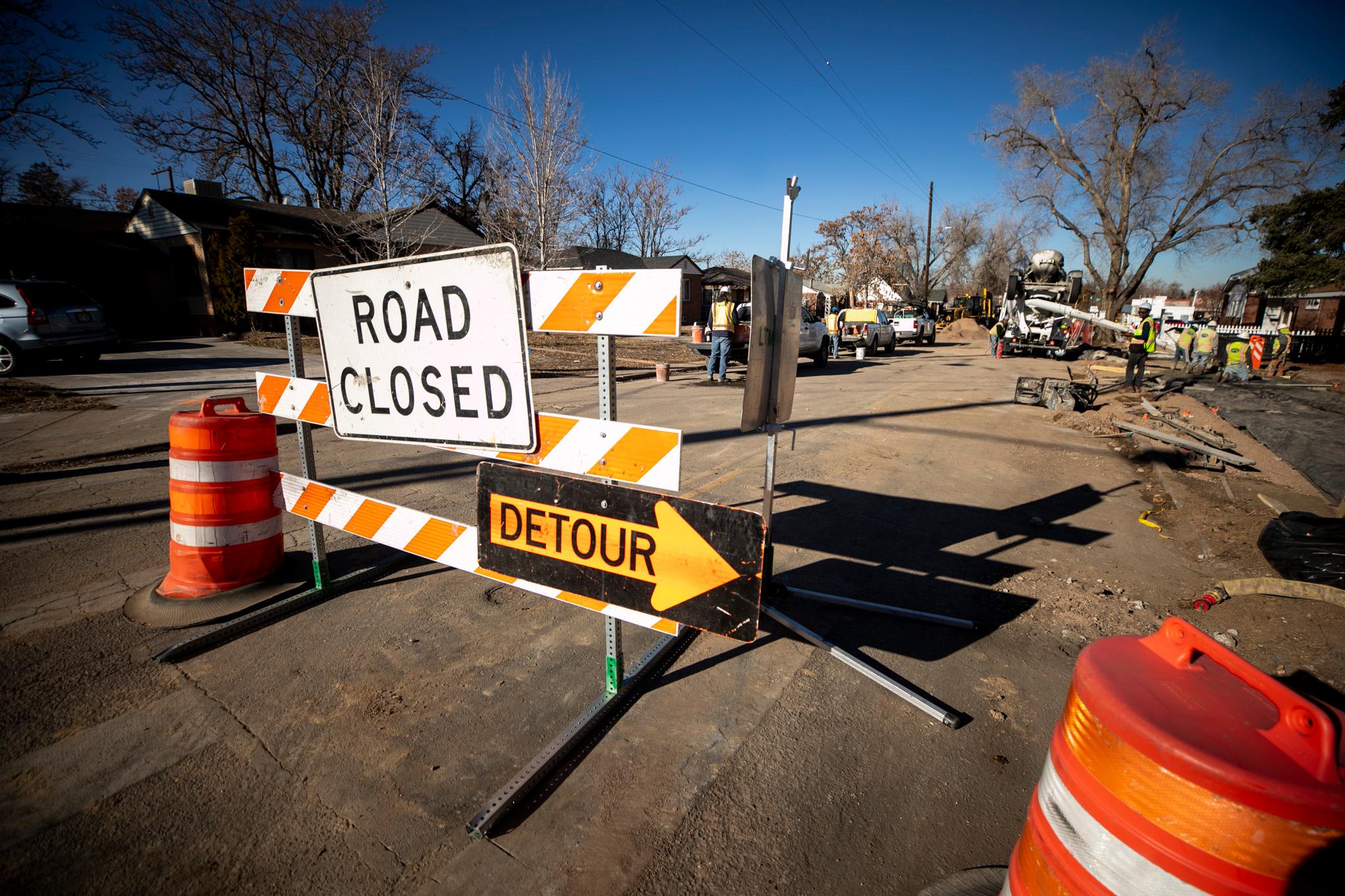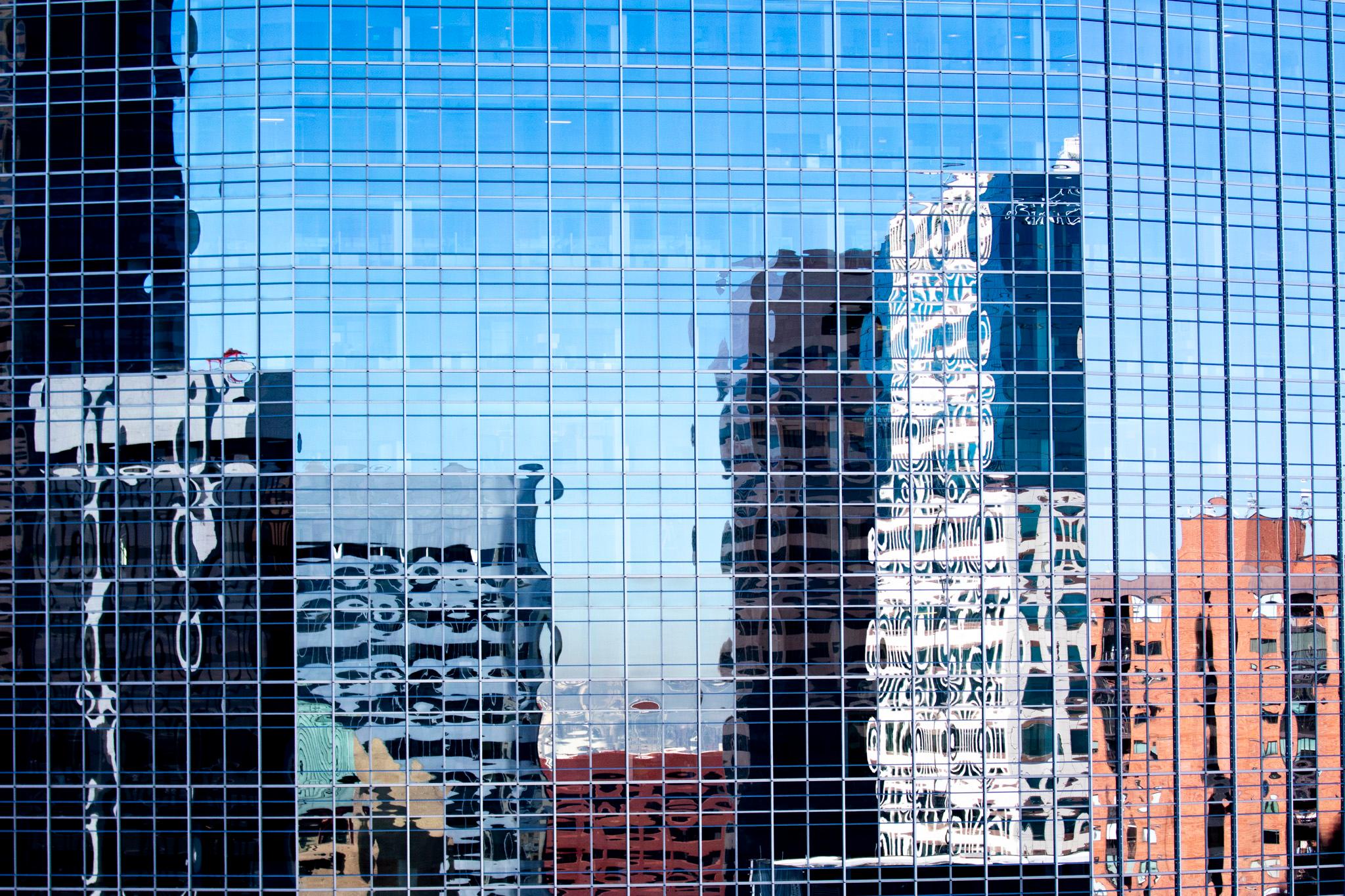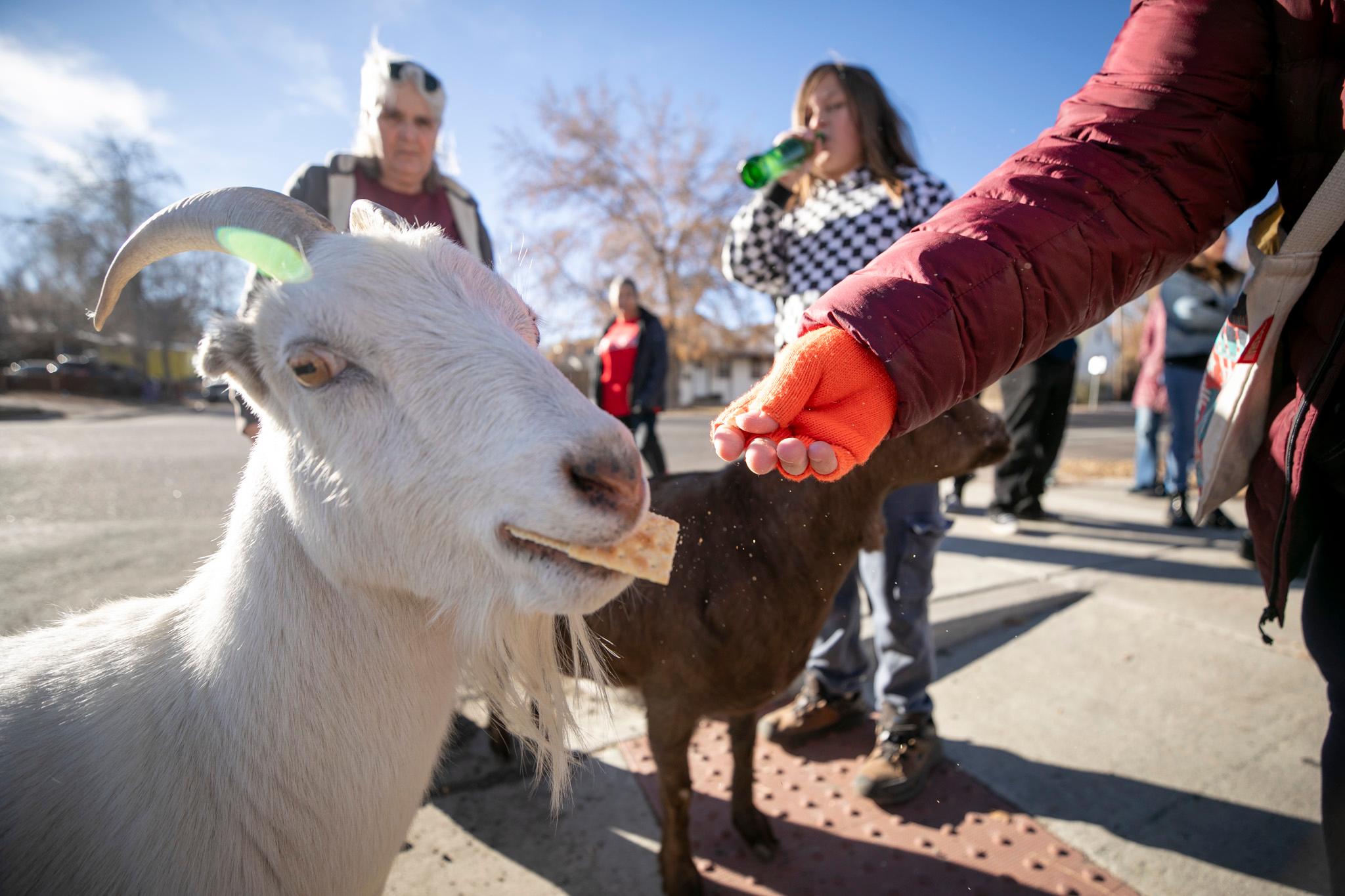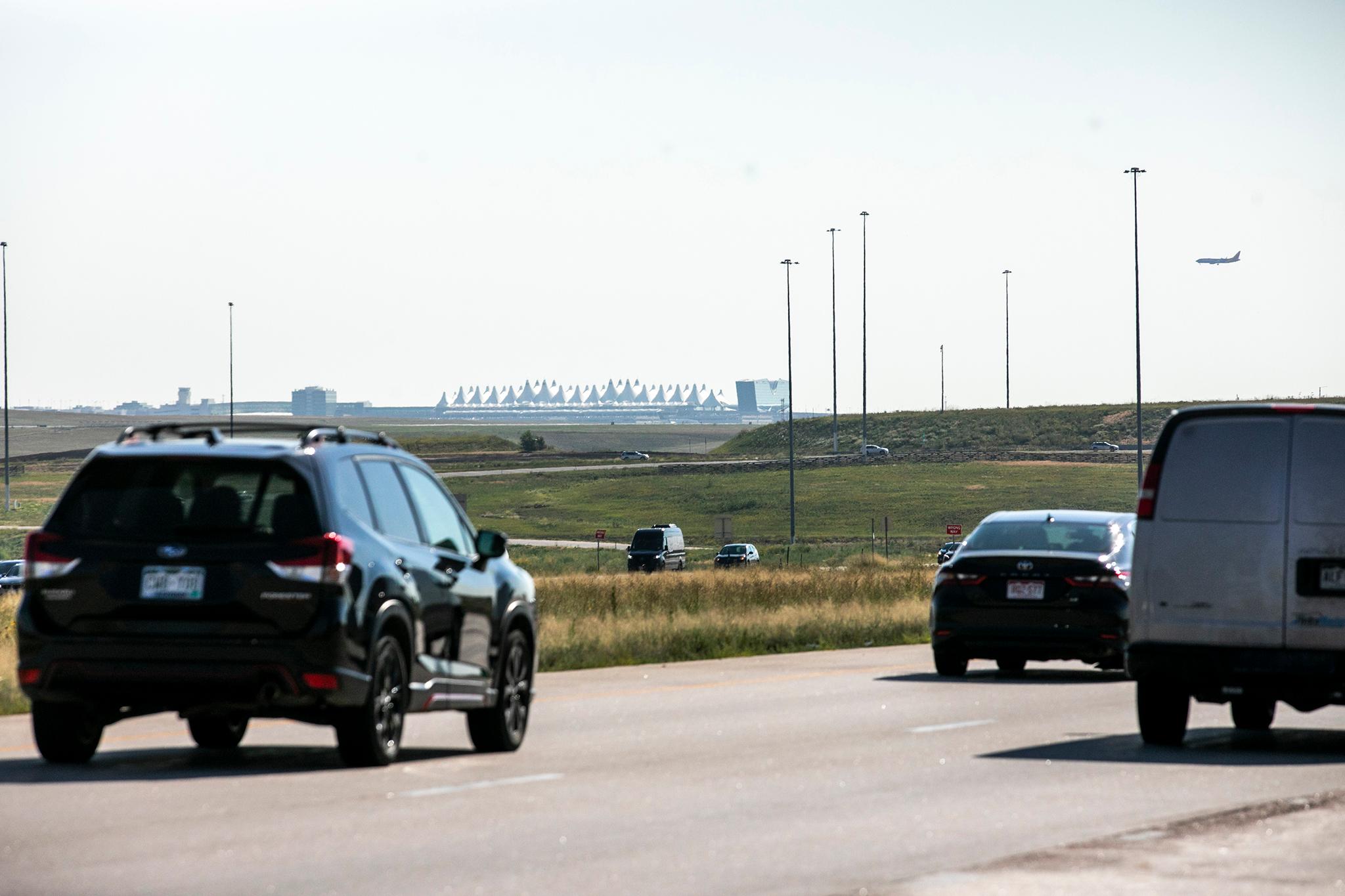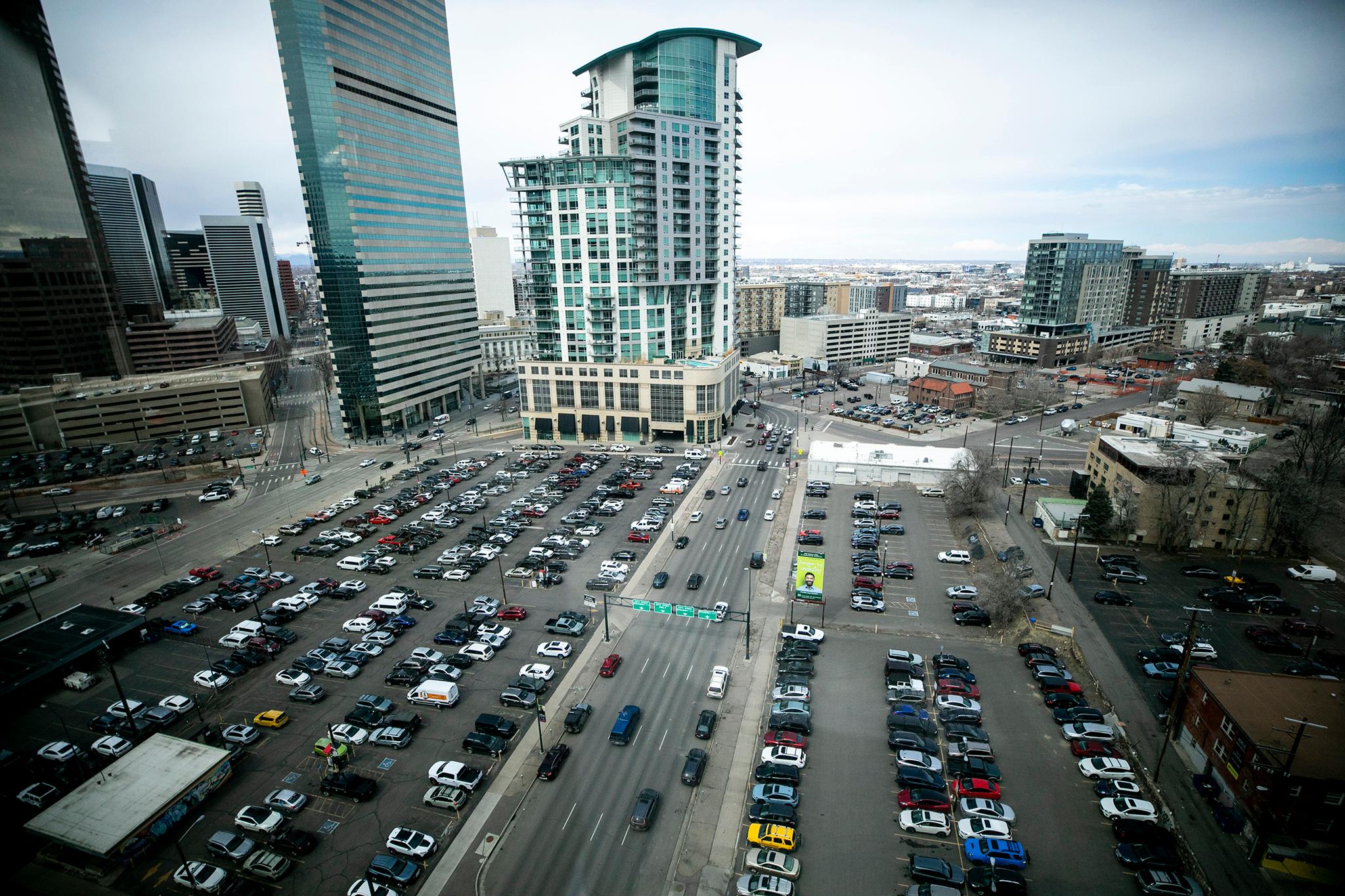The Northside now has a planning guide that can shape the area for the next two decades. The plan's major focus: preservation efforts.
City Council on Monday approved the Near Northwest Area Plan, which covers Chaffee Park, Highland, Jefferson Park and Sunnyside. Created by Community Planning and Development, and based on input from residents, the plan is a blueprint for how the neighborhoods can handle growth and development in the future, something the Northside has struggled with as the area gentrifies.
This is the sixth neighborhood plan CPD has completed. Neighborhood plans don't alter policy but instead provide guidelines to what types of policies should be enacted when it comes to land-use, housing, local economy, mobility and quality of life.
That's why "preservation" is a key word in the 226-page document. Northsiders have consistently spoken about the negative impacts of development and growth in their neighborhoods that have led to heavy displacement of local businesses and long-time residents.
The plan notes that the once predominantly Hispanic area has seen a decrease in the Hispanic population, going from 71% Hispanic in 2000 to 35% in 2019.
Preservation in practice, according to the plan, looks like keeping local businesses and long-term residents in the neighborhoods, while also maintaining the historic culture and neighborhood characteristics.
Senior City Planner Sung Han, who led the area planning, said residents valued long-time businesses and the business corridors they reside in, created by the old streetcar system, which ran heavily in the area.

Corridors across the neighborhoods such as 44th Avenue in Sunnyside, 32nd Avenue in Highland or Tejon Street are considered "neighborhood gathering places," Han said, because of the local businesses still lining the streets like Panadería Rosales or Gaetano's. As inevitable growth occurs, however, these businesses, along with the gathering space, can be at risk of displacement if they aren't taken into consideration during development processes.
One example Han gave was the redevelopment occurring on 44th Avenue, where many older storefronts "have been torn down and replaced with new townhomes."
"People really see that as a gathering space for retail and commercial businesses. If it redevelops into just 100% residential products, they lose that opportunity," Han said.
So with the area plan, the goal was to "have policies in there that support the potential preservation of those areas, and then also making sure that as part of any future redevelopment, they also include active commercial uses," Han continued.
Some recommendations on business preservation include leaning on the city's small business resources such as the new Legacy Business Program.
Other recommendations include creating a small business alliance and looking at zoning changes that require first-floor commercial space activation.
Keeping long-time residents in the neighborhood was also a priority of the plan, especially with rising housing costs.
Chaffee Park and Sunnyside were both designated as neighborhoods that are highly vulnerable to displacement. With the four neighborhoods combined, about a third of the residents are cost-burdened, meaning they pay more than 30% of their income toward housing costs.
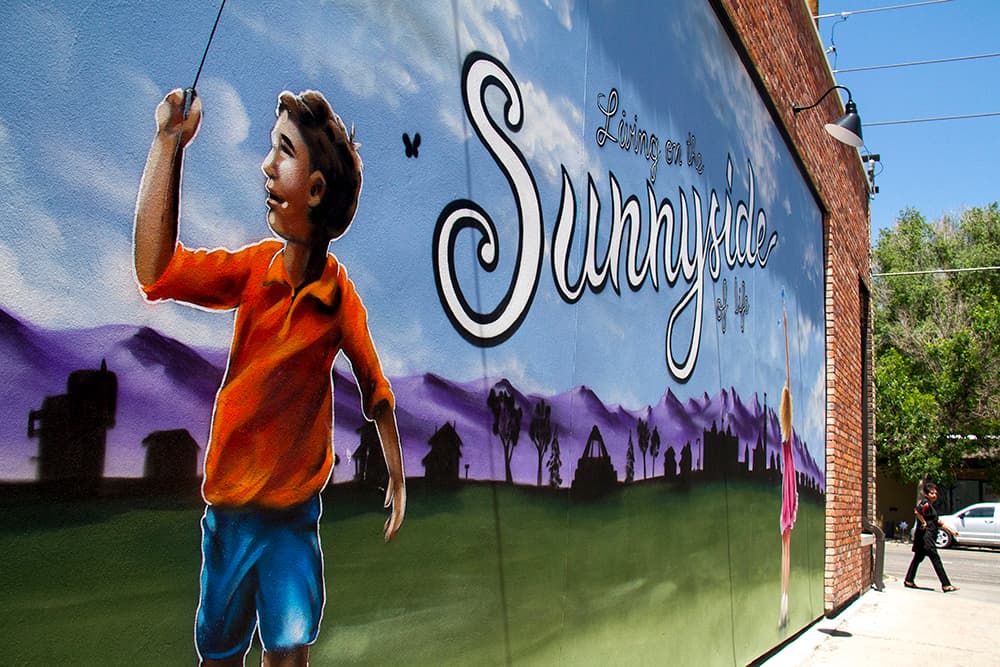
While the plan dictates that affordable housing is a necessity along with an increase in density, Han noted that residents asked for a balance between that density increase and maintaining neighborhood characteristics.
"That was a big part of the recommendation too, is just to acknowledge that change will occur but we need to do it in a way that helps address affordability but also helps address maintaining the character of the area that people have been talking about and really desire," Han said.
A focus in the plan is the expansion of missing middle housing or residential spaces with two to 19 units, such as duplexes, row houses, tandem homes or small apartment complexes. These types of dwelling units "fall 'in the middle' between single unit and large apartment buildings," the plan says.
"Missing middle housing" also, of course, refers to middle class residents, those that may struggle with market-rate homes but who might not qualify for income-restricted homes.
Some recommendations to increase missing middle housing includes preservation incentives in areas that are considered historical by neighbors but may not have an official historic designation. The incentive would allow a person to add "one additional primary dwelling unit if the existing structure is preserved."
Other recommendations include creating community land trusts and working with those trusts, leaning on the city's Prioritization Policy and possibly developing a landlord incentive program for small or family-owned property owners who will provide "stable housing to vulnerable renters," according to the plan.
One of the last major points in the plan is pedestrian and cyclist safety.
Han said the plan asks for more balanced corridors that prioritize non-car users but a unique recommendation to achieve safety and mobility concerns in the area is an increase in shared streets. Han said he believes the Near Northwest Plan is one of the only plans that specifies a desire for more shared streets.
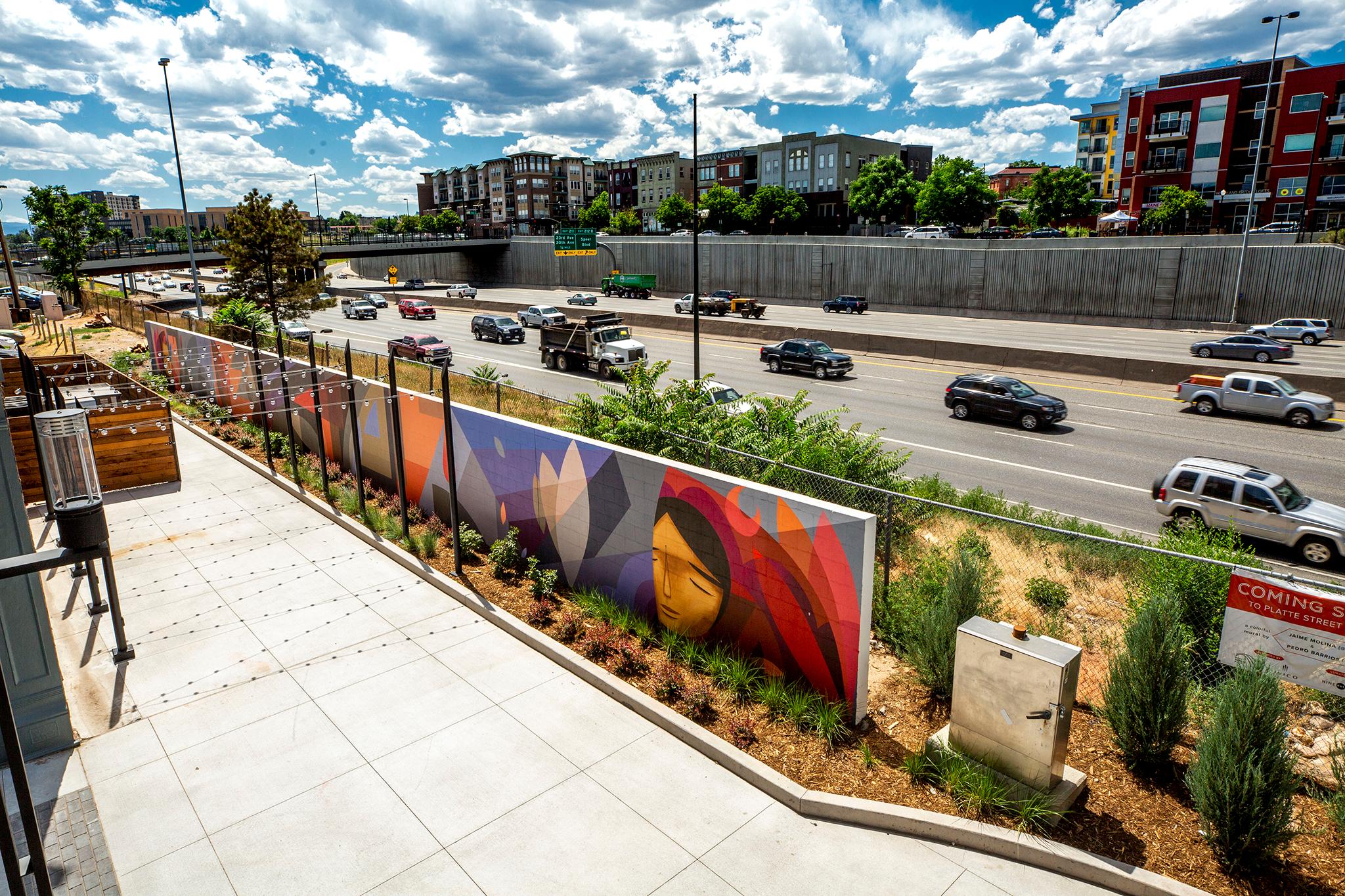
Shared streets is a program started during the pandemic where car-centric streets were closed and turned into pedestrian-only spaces.
Han said residents were looking to implement that program either permanently on certain corridors or at a regularly scheduled pace, especially along some of the business corridors.
"It's looking at more creative approaches within the right of way itself to promote and prioritize pedestrians and bicyclists. So, potentially going curbless along the right of way, incorporating more street furniture so it feels more like a plaza that could be closed off to motorist vehicles in the future," Han said.
During a public hearing on the plan Monday, three people spoke in favor of the plan.
Nola Miguel, who represented Chaffee Park in the steering committee, noted that the plan was important because of the preservation aspects, especially with the decline in the Hispanic population.
"That is something we should be talking about. That's something we should take action on, not to mention how much the prices of homes have gone up," Miguel said. "This is what happens when we don't have strategic plans ... for how to keep people in the neighborhood."
Miguel also said that the plan is only valid if it's implemented and driven by community members.

Councilmember Amanda Sandoval echoed the sentiment. Sandoval said she'll be looking to her colleagues during the next budget hearing to ensure funding is set aside for neighborhood plan implementations. Sandoval also commended the business preservation aspects of the plan, noting that the Northside is a destination because of its legacy businesses.
"I believe the Near Northwest plan provides a vision that respects and honors the past and accommodates the inevitable changes that are a part of our history and future," Sandoval said. "The businesses in Northwest Denver are the fabric of my neighborhood. People often talk to me about how everyone in the city comes to the Northside for all of these amazing restaurants .... I hope that we continue to fund programs [within] the Department of Economic Development, so the business owners understand how essential these assets are."


